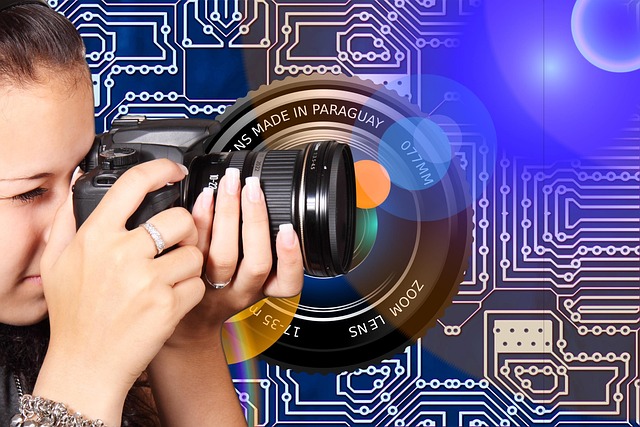
Unveiling the Hidden Wonders of Circuit Boards in IT: A Journey into Informational Technology
In the realm of informational technology, there’s a quiet hero that often goes unnoticed: the circuit board. While most of us interact with our devices daily, few pause to appreciate the intricate marvels hidden beneath their sleek exteriors. The circuit board serves as the backbone of countless electronic devices, orchestrating the symphony of operations that bring our digital experiences to life.
Circuit boards are far from mundane; they are meticulously designed layers of copper, silicon, and other materials that harness electrons to relay information. Imagine a well-planned city where every road leads to critical destinations—this intricate network allows data to flow seamlessly between the microprocessors, memory chips, and other components that power everything from smartphones to sophisticated servers.
In the world of IT, understanding the functionality and design of circuit boards is crucial. As technology advances, so too does the complexity of these boards. Innovations such as multilayer configurations and flexible circuits have transformed the industry, offering higher efficiency and better performance while utilizing less space. As professionals in the field, we must continuously adapt our knowledge to stay ahead of these developments.
The evolution of circuit board technology mirrors the growth of the IT industry itself. Just as we’ve transitioned from bulky desktop computers to sleek laptops and ultra-thin tablets, circuit boards have also become more compact and powerful. Thanks to surface mount technology (SMT), tiny components can be mounted directly onto the surface of the board, making it possible for manufacturers to fit more functions into smaller spaces.
Moreover, the environmental impact of circuit boards cannot be ignored. The industry is increasingly leaning towards sustainable practices, creating boards that are not only efficient but also recyclable. As we journey through this age of rapid technological advancement, our responsibility grows to ensure that innovation does not come at the cost of the environment.
Circuit boards are not merely tools; they are the canvas upon which technological innovations are painted. Each layer serves a purpose, and every connection has significance. Engaging with circuit boards opens a window into the heart of information technology, emphasizing the importance of each component within our devices. For IT professionals, a deep understanding of these fundamentals enhances our ability to troubleshoot, innovate, and ultimately push the boundaries of what’s possible.
In conclusion, the world of circuit boards is a treasure trove waiting to be explored. By appreciating their complexity and significance, we unlock a greater understanding of informational technology, enabling ourselves to contribute more meaningfully to the ever-evolving landscape of IT.


